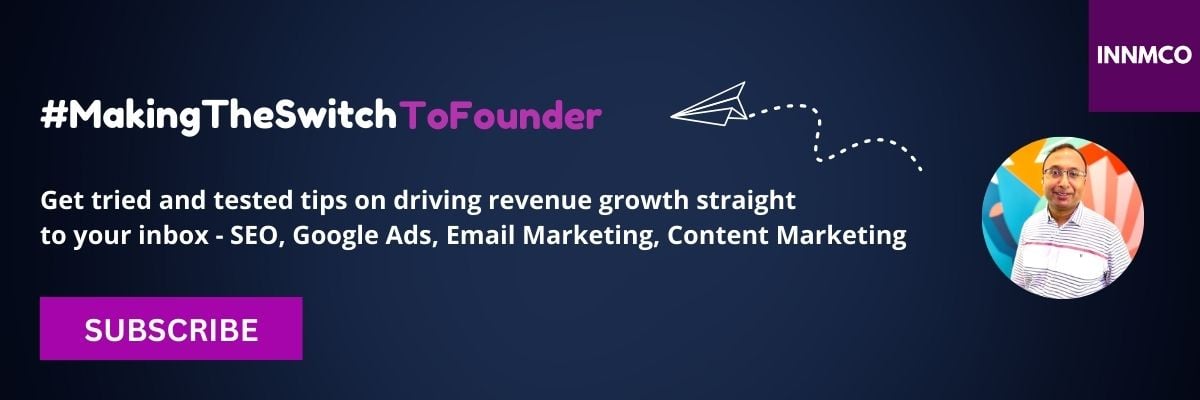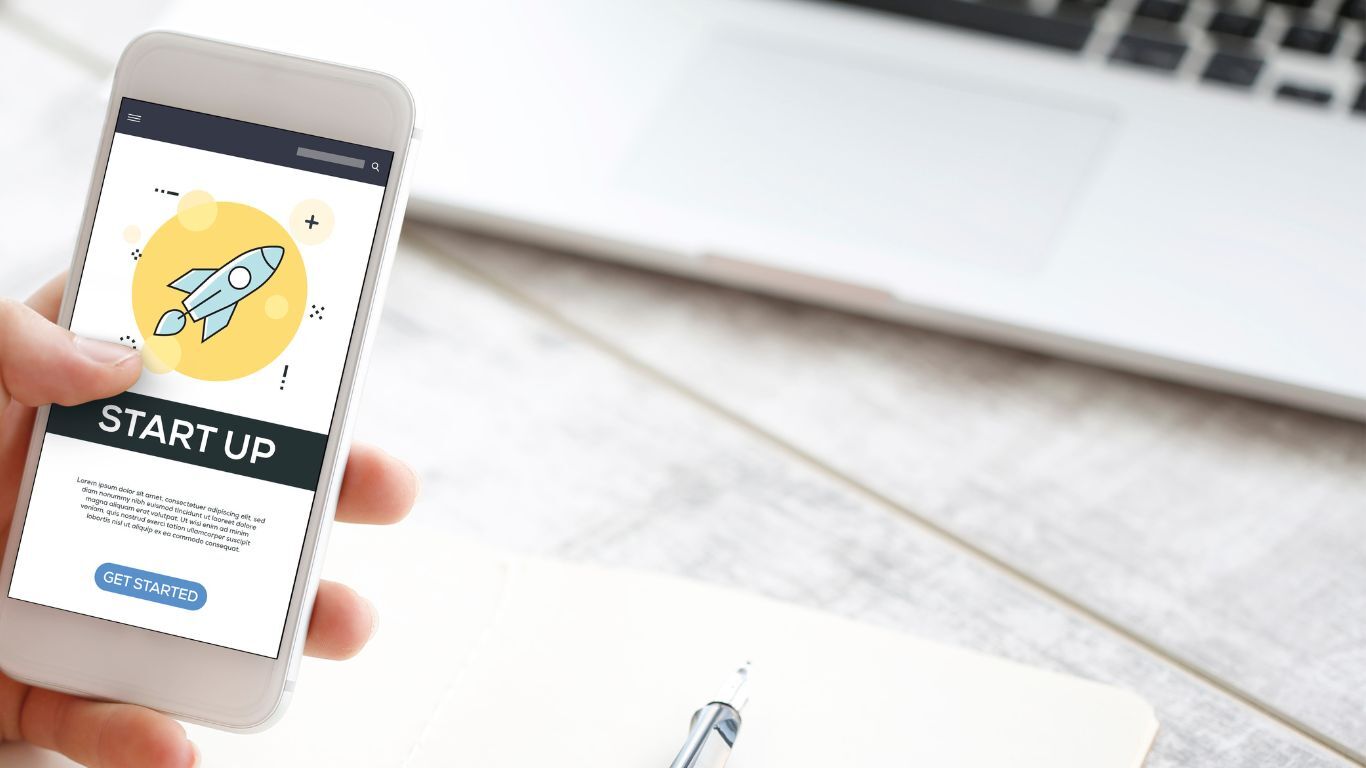What is an Omni channel marketing strategy?
As an entrepreneur, I faced the following challenges:
-
How do I implement an omnichannel marketing campaign?
-
How do I get a single view of my prospective customers across all channels?
-
How can I reduce my time spent integrating different marketing technologies?
Omnichannel marketing takes a customer centric view of marketing. Your prospective customers will have a consistent user experience across every channel. This is because the content that you serve to your prospective customer is informed by past interactions that they have had with your organisation and their current stage in the buying journey.
This seamless customer experience is enabled by integrating your organisation’s online and offline touch points. This allows the customer to complete their requests without having to repeat themselves because the organisation has all the information they need to serve their prospective customer, based on their online and offline interactions.
In this blog, I share 8 areas to focus your efforts, while implementing an omnichannel marketing strategy for your business.
Table of Contents
1. What is your winning aspiration?
1. What is your winning aspiration?
What is the organisation’s winning aspiration? The business goals are a by-product of what the organisation aspires to achieve.
2. Research your buyers. Create buyer personas.
Research your ideal customers. Buyer insights enables an organisation to identify new customer segments, create a new customer value proposition and create content that addresses their goals and challenges .
Use buyer persona templates to define buyer personas or marketing personas. Buyer personas enables you to define a consistent buyer experience across multiple channels keeping the buyer in mind. Buyer personas focuses your efforts in understanding buyer motivations, behaviours, goals and challenges.
This will enable you to create and serve content that is informed by past interactions they have had with your organisation and their stage in the buying journey.
3. Understand customer journeys
Understanding your potential customer’s buying journey will provide insights into the channels that they prefer for researching solutions and what information they are seeking at different stages of the buying journey. These insights will also shed light on the decision criteria used by your buyers while making purchase decisions at the decision stage of the buying journey.
Deliver a consistent brand experience across all touch points, keeping the buyer in mind as opposed to the business or product. Help them every step, in their journey to finding a solution to their problem.
Use an iterative approach to design, implement and test omnichannel marketing for your business. Your omnichannel marketing will enable you to progressively learn more about your prospective buyer at every stage (including the decision stage, customer loyalty stage) of the buying journey.
4. Create a customer value proposition
Your understanding of your buyer and their buying journey will enable you to create a customer value proposition that addresses the goals and challenges of your buyer. You will be able to serve relevant content and make an appropriate offer based on their stage in the buying journey.
5. Set marketing goals
Set SMART marketing goals that are aligned with your business goals. Allocate budget for marketing activities at different stages of the marketing funnel. An example of a SMART marketing goal for the awareness stage of the marketing funnel is:
‘Increase website traffic by 10% in the next 3 months, by doing '5' social media posts per week on LinkedIn.’
In the above example, allocating budget for the marketing activity in the awareness stage of the marketing funnel, will increase brand awareness with the target audience. This will help with brand recognition while your target customers are in market for a solution to address their needs.
The insights you have learned about your target audience will help you guide them through each stage of the digital marketing funnel utilising the most effective tactics and media mix.
A media mix refers to the combination of digital channels you use to reach your goals and how you divide your budget among them. To select your media mix:
-
First review your existing media content to analyse gaps.
-
Based on your assessment, you will then decide which channels to focus on.
-
What content and campaigns to run on those channels and how to allocate your budget?
Although every part of your funnel is important, most of your marketing budget may go into the awareness and consideration sections of the funnel.
7. Communicate a consistent story across channels
Omnichannel marketing enables a seamless integration of customer messaging across both online and offline touch points. It is important to use a marketing platform that helps you to communicate this consistent message across channels to your prospective buyers.
As an example, when you are running a marketing campaign on a social media platform (e.g. linkedin). Assuming that someone signs up for a white paper or your newsletter. This is recorded as a lead in your CRM. You then decide to nurture this lead using emails.
You begin to engage this lead by providing relevant information based on their stage in the buying journey. When the timing is right, the prospective buyer requests to be contacted. The sales team then makes contact with the prospective buyer via phone or email to further understand their needs. This is followed by a tailored solution offer that addresses their needs.
An omnichannel marketing campaign that communicates a consistent message across channels makes lead generation, lead nurture and conversion possible.
8. Use an integrated sales and martech stack
It can become quite cumbersome to log into different tools for website management, landing page creation, lead generation and lead nurture. This creates information siloes. It becomes really hard to get a single view of your customer’s interaction with your organisation. Trying to get this single view of your customer from multiple systems can take valuable time away from your marketing activities.
An integrated sales and martech stack is key to delivering your omnichannel strategy. This will enable you to get a single view of your messaging to your prospective customer. This is because there are no information siloes. Your marketing, sales and service teams will all have access to the same customer information.
I explain this further in my blog post - why I prefer using an integrated sales and martech stack to power my sales and marketing needs.
Case Study - Supermarkets lead the way
Prior to the pandemic, the percentage of customers shopping groceries online was less in comparison to other product categories like fashion. Most supermarkets in Australia sold their products via brick and mortar stores. However, supermarkets in Australia started investing in e-commerce, mobile apps and digital product development a while back.
When the pandemic hit, we were all increasingly reliant on using digital marketing channels to buy our groceries. The supermarkets were prepared for this shift in customer preference and behaviour. They were able to quickly pivot to a click and collect model. They were able to deliver a consistent shopping experience between physical and digital channels.
Shifting an organisation to a click and collect model requires changes to organisation capabilities, customer value proposition and business model. Organisations need a good integration of online and physical channels to make this work. Organisations need to create awareness of this new offering with customers, by adopting an omnichannel approach. The customer service teams also need to be geared up for fulfilling both online and in-store orders.
Conclusion
To conclude, define buyer personas to deliver an experience keeping the customer in mind. A clear understanding of your buyer journey will enable you to serve relevant content and make an appropriate offer based on their stage in the buying journey.
An omnichannel marketing campaign that utilises an integrated sales and martech stack helps you to communicate a consistent message across channels.
Grow web traffic, leads & sales!
Written by Anees Misbahudeen
Founder & Digital Marketing Director, INNMCO
.png?width=200&height=125&name=Anees%20Misbahudeen%20-%20Company%20Profile%20(700%20%C3%97%20436%20px).png)
I help businesses grow web traffic, leads & sales. I am a digital marketing director specialising in SEO, Google Ads, email marketing & content marketing campaigns. I've supported the growth story of 30+ brands in software, financial services, automotive, manufacturing & B2B. I’ve 10+ years of digital marketing industry experience, as a founder, digital marketing strategist & consultant.
Subscribe to my monthly newsletter #MakingTheSwitchToFounder
Share
.png?width=75&height=75&name=INNMCO%20Company%20Logo%20-%202025%20(700%20x%20700%20px).png)

.png)




